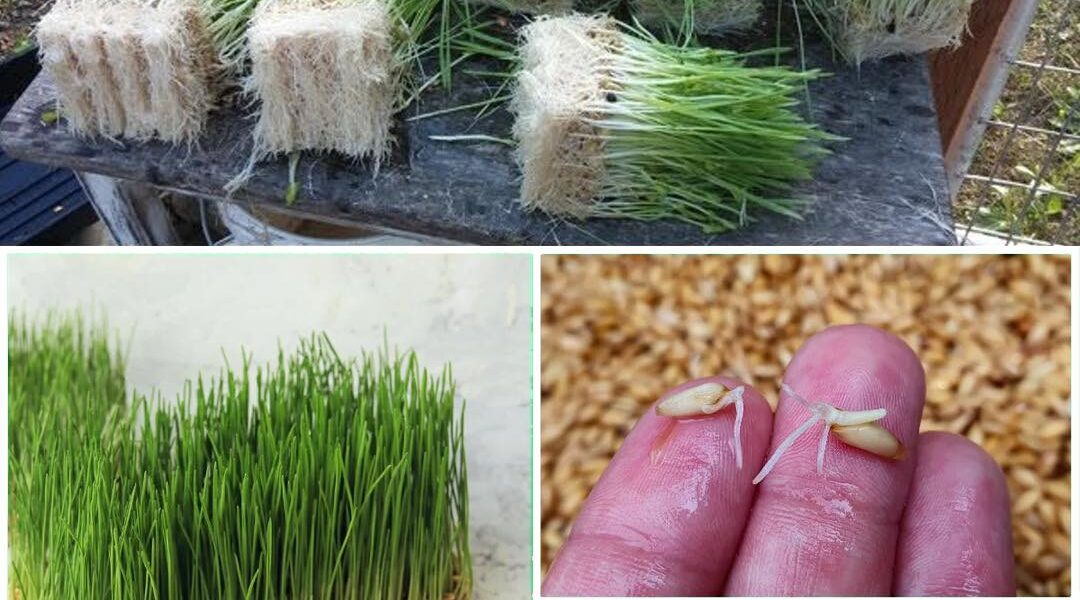How to Grow Fodder for Chickens and Rabbits
Welcome Tips How to Grow Fodder for Chickens and Rabbits
Raising chickens and rabbits requires a balanced diet to ensure their growth and health. An economical and natural way to meet their nutritional needs is to grow fodder at home. Fresh fodder is rich in essential nutrients and is an excellent source of fiber for these animals. In this article, we will explore the simple steps to growing quality fodder for your chickens and rabbits.
1. Choosing seeds
The first crucial step in growing forage is choosing the right seeds. Opt for nutrient-rich seeds such as barley, wheat, oats or clover. These seeds are easy to grow and provide a rich source of vitamins and minerals for your animals.
2. Soil preparation
Prepare well-drained soil by tilling and weeding the planting area. Make sure the soil is loose to allow for optimal root growth. Add compost or well-rotted manure to enrich the soil with essential nutrients.
3. Sowing the seeds
Sow the seeds evenly over the prepared surface. The seeding density depends on the type of seeds you have chosen. Water lightly after sowing to promote germination. Be sure to maintain constant moisture until the seedlings appear.
4. Growth and maintenance
Once the plants begin to grow, make sure to maintain adequate moisture. Water regularly, but avoid overwatering, as this can encourage fungal diseases. Also, make sure the fodder receives enough sunlight for optimal growth.
5. Harvest
Most types of forage can be harvested when the plants are about 15 to 20 centimetres tall. Use scissors or a sickle to cut the stems at the base. Be sure not to remove more than one-third of the crop at a time to allow for healthy regrowth.
6. Distribution to animals
Once harvested, distribute the freshly cut forage to your chickens and rabbits. The forage can be used as a dietary supplement, in addition to their regular diet. This will add essential nutrients to their diet, promoting their overall health.
7. Crop rotation
To ensure continuous forage production, practice crop rotation. This involves changing the planting location each crop cycle to avoid soil depletion and possible disease.
In conclusion, growing fodder for your chickens and rabbits is a cost-effective and natural way to meet their nutritional needs. By following these simple steps, you can provide your animals with a continuous source of fresh, nutritious food, contributing to their overall well-being.
